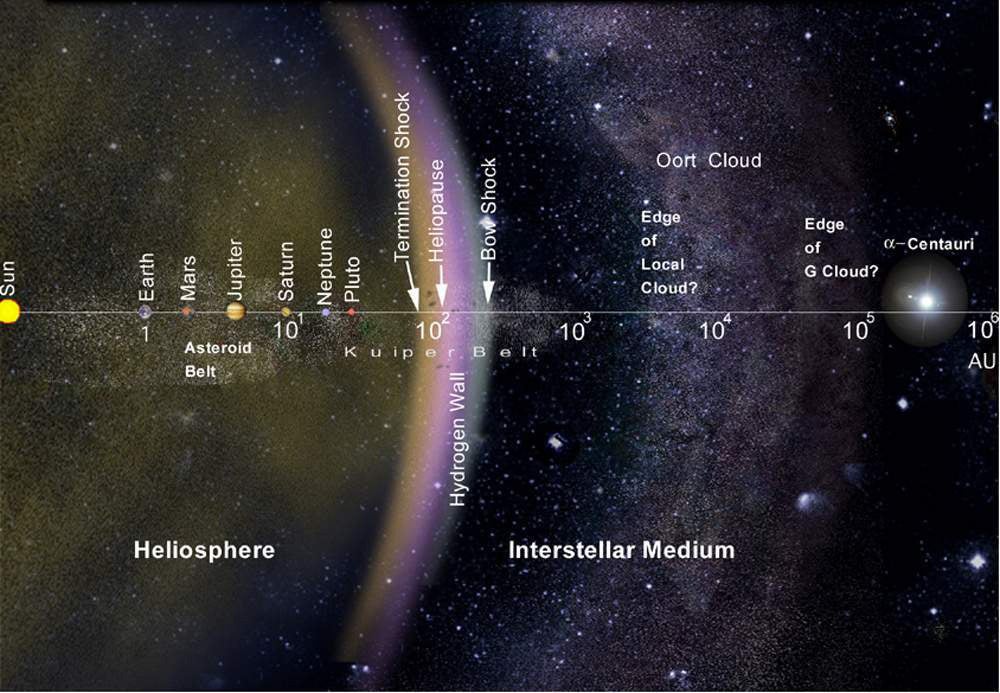Just to get to the Moon, on average, it’s 239,000 miles (384,400 kilometers) — and that’s practically our next-door neighbor. It’s a lot farther than people think! The Sun lies some 93 million miles (150 million km) away, an expanse so large, it forms the basis of our first new unit of distance, conveniently named an astronomical unit, or AU. Astronomers often use this unit to describe distances within solar systems, between planets or companion stars.
People often get tripped up with the term light-year because it contains the word year, making them think it’s a unit of time. Other popular depictions might also add to the confusion, so just remember that a light-year is just another unit of distance like miles and kilometers.
We use light-years most commonly in Astronomy magazine, but astronomers prefer to use a unit called a parsec. It’s short for the distance corresponding to a “PARallax of one arcSECond,” which hints at how scientists can measure these distances in the first place. Briefly, objects change their position relative to distant background stars as Earth moves from one side of its orbit to the other; this difference is called parallax. An arcsecond is just a way of measuring tiny angles in the stellar sphere. Thus, an imaginary star with a parallax angle of exactly 1 arcsecond is by definition 1 parsec away, equivalent to 206,265 AU and 3.26 light-years.
Even the nearest galaxies and galaxy clusters can be millions of light-years away, too far to measure just using parallax. Astronomers have a system of overlapping methods to calculate successively farther distances, called the cosmic distance ladder. For instance, Cepheid variable stars and type Ia supernovae shine in reliable, well-understood ways, so if astronomers can learn how far away one of these cosmic mile-markers lies, they can figure out the distance to even farther examples of the same objects, based on how much dimmer they appear. Currently, the most distant object we know of is candidate galaxy UDFj-39546284, likely about 13.2 billion light-years — or 4 billion parsecs — away.
Expand your knowledge at Astronomy.com
Check out the complete Astronomy 101 series
Learn about our stellar neighborhood with the Tour the Solar System series
Read about the latest astronomy news











